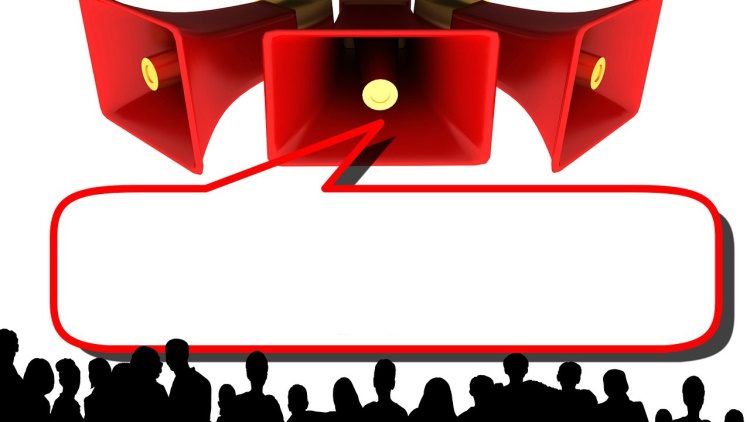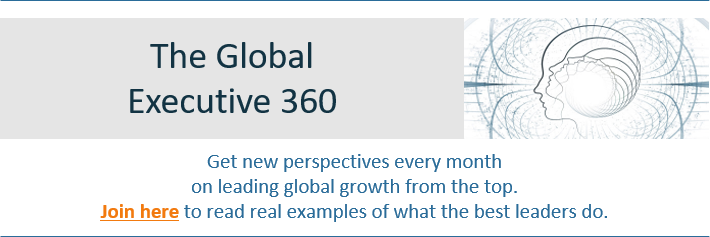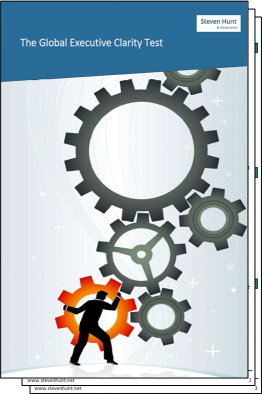Back in 2008, Barack Obama won the presidential race with one of the most memorable slogans of recent decades, “Yes we can”. But what did it mean?
Quite simply, it meant whatever you wanted it to mean.
It’s a great example of what psychologists call “projective identification”. That’s a process where you put your dreams, hopes and fantasies of the future onto your idol – in this case the figure of Barack Obama. What “Yes we can” means to Barack is irrelevant. The crucial point is what the phrase means to you – the follower. You define it. You choose your meaning.
Global executives use the same tactic. Try these:
- “We are sure” from a technology company wanting to improve its customer service,
- “Going for growth” from a manufacturing company, or
- “Forward Vision 2021” from a software company wanting to grow income in its software as a service (SaaS).
While these are nice slogans, none of them motivate action.
Slogans lead to dreams; dialogs lead to action
The best slogans fire up the emotions of your followers. They are most successful when you have the authority and a clear vision. Add charisma into the mix and they become irresistible. Think of it like the all-knowing parent: you decide (authority), you know what’s best for the kids (clear vision), and they believe you have their best interests at heart (your charisma). What could be better!
That’s because for slogans to work at an emotional level they need to be simultaneously inspiring, vague, and feel secure. “Yes we can,” ticks all three of those boxes.
The praise and positive feedback that follows might make you think the slogan is enough to create action. It’s not. Fast, co-ordinated action comes from dialogs.
Look out for the False-Commitment Trap
With too much charisma and not enough reality, it’s easy to fall into the False-Commitment Trap. The positive atmosphere is intoxicating. A third of leaders get drunk on false commitment. Over-estimating employee commitment is the single biggest factor in failed change plans, according to research. Leaders confuse follower positivity with full commitment to change. In fact, they are only committed to their interpretation of your change slogan.
Without having dialogs, employees won’t follow you through thick and thin. And pushing them to do so is compliance not commitment.
When dreams evaporate most companies instinctively move to top-down monologs. This explains why the top 10 tools in major change initiatives in global companies are:
- corporate change blogs,
- communication plans,
- status reports,
- steering committees producing directives and policy documents,
- Executive Team meeting updates,
- weekly video blogs,
- executive blogs,
- change implementation microsites,
- email updates, and
- general reports.
Every tool on that list is a monolog. This is how change starts to fall apart. The early energy and motivation evaporate as followers’ commitment shows up as false.
The answer is a healthy balance
Fire up followers’ imagination with a clear, charismatic vision. Use your authority to get your message out there. Let people dream.
Then come back down to earth with dialogs. Forward Vision 2021 feels great, now answer these questions:
- What exactly does that mean for the employee group in front of you now?
- What will be their role?
- What will happen to them, their colleagues, their working environment?
- Who will be their boss?
Because these are the core questions employees need answering in order to commit.
One global executive I listened to recently was asked by an employee if remote working could be a permanent option. He patiently explained the reasons he wanted people (in this business unit) back in the office to serve customers better. The couple of minutes he took did more than anything else to build commitment. The employees said they felt the CEO was listening, even when the decision didn’t go their way.
It’s when you get into these dialogs – difficult, demanding dialogs about decisions – that change happens. And it’s at the intersection of slogans and dialogs that you create strong, deep commitment to successful change initiatives.

















